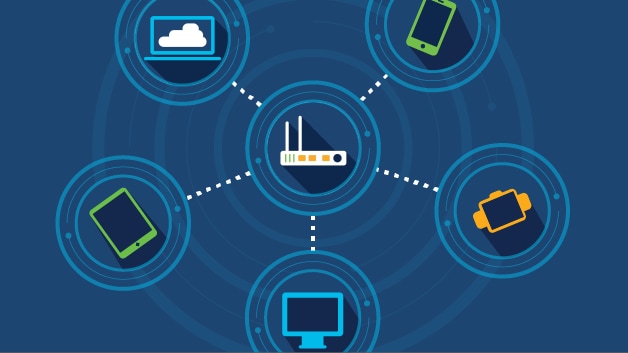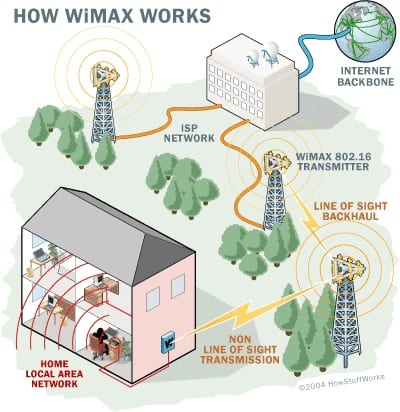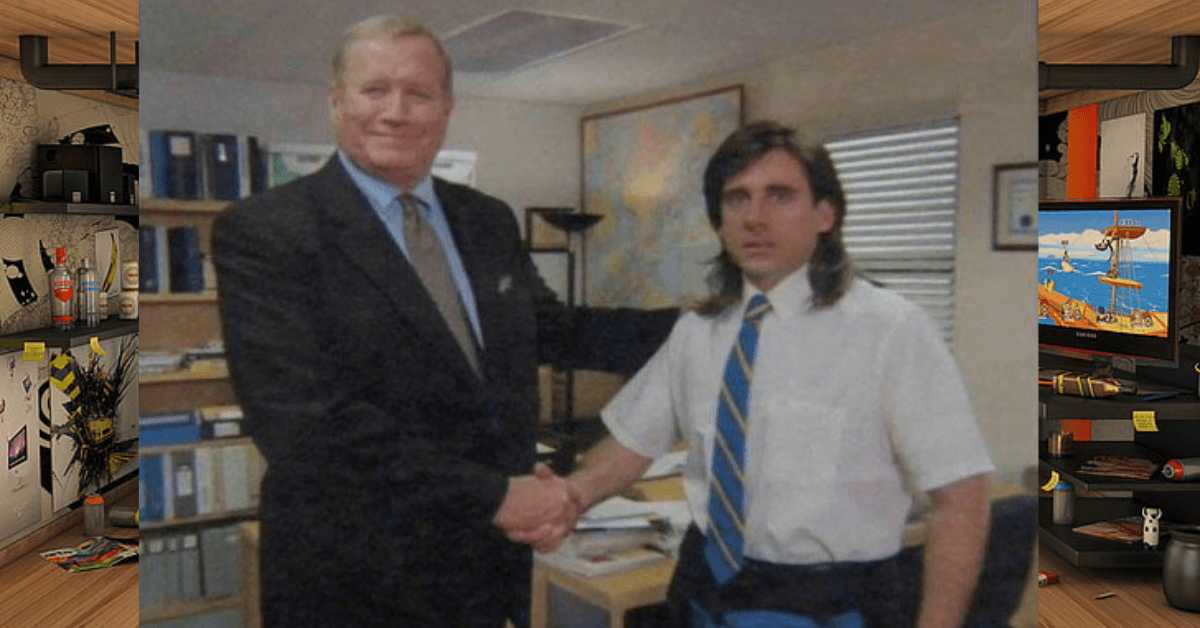
Faris Yaacob
Faris Yaacob is the freelance writer of the Kijang Economics Blog and is passionate about all things related to reading and writing.
Hey there, fellow students!
Have you heard of a Wireless Local Area Network, or WLAN for short?
No? Well, don’t worry because I’ve got you covered.
What is a Wireless Local Area Network (WLAN)?
A WLAN uses radio signals instead of cables to connect devices, which means you can move around while staying connected to the internet.
Plus, it looks much neater without all those pesky wires!
However, setting up a WLAN can take time to ensure everything runs smoothly.

Nowadays, WLAN is the preferred network choice for personal and business use because of the technology that supports it.
Most devices, like laptops, tablets, and smartphones, come with built-in wireless capabilities and WLAN cards.
You can even use portable wireless sticks that plug into the USB port of your device. These cards and bars have a small antenna that sends and receives radio signals from the wireless access point (WAP).
Two (2) Main Standards for Wireless Communication in a WLAN
There are two primary standards for wireless communication in a WLAN:
WiFi
First, we have WiFi, which uses an IEEE 802.11 wireless network standard.
It helps devices identify networks to connect to and allows for wireless communication.

Sometimes it’s called wireless Ethernet, but it’s the same thing. WiFi connects your devices to the internet using radio waves through a WAP.
You can only exchange data once you have established a connection.
WIMAX
Second, there’s WIMAX, which stands for worldwide interoperability for microwave access.
WIMAX is part of the IEEE 802.16 wireless network standard and was designed as an alternative to wired connections and DSL.

It provides wireless broadband internet access, and there are two types: fixed and mobile.
WIMAX can establish relationships across short distances (like across cities) and even up to a larger scale (like across countries).
So, there you have it, folks! WLAN is a super cool technology that lets you stay connected without being tethered to a cable. With WiFi and WIMAX, you have options for wireless communication, and you’re well on your way to becoming a tech guru!
Anyway, take your chance to enhance your knowledge and skills in Computer Science by participating in the Beaver Computational Thinking 2023; registration is now open!
You can register through our website 





